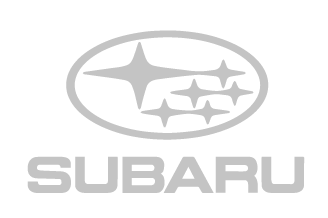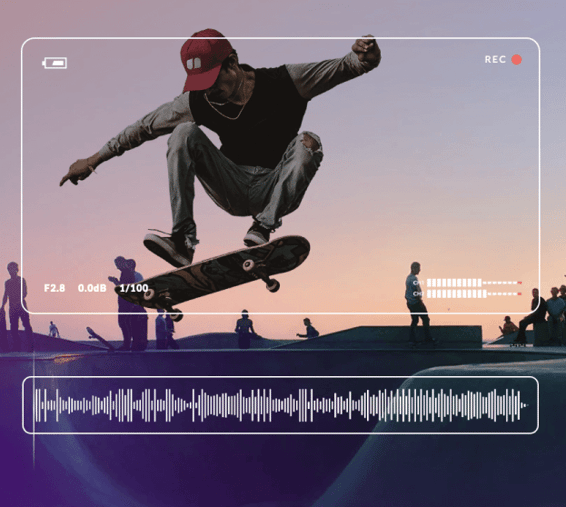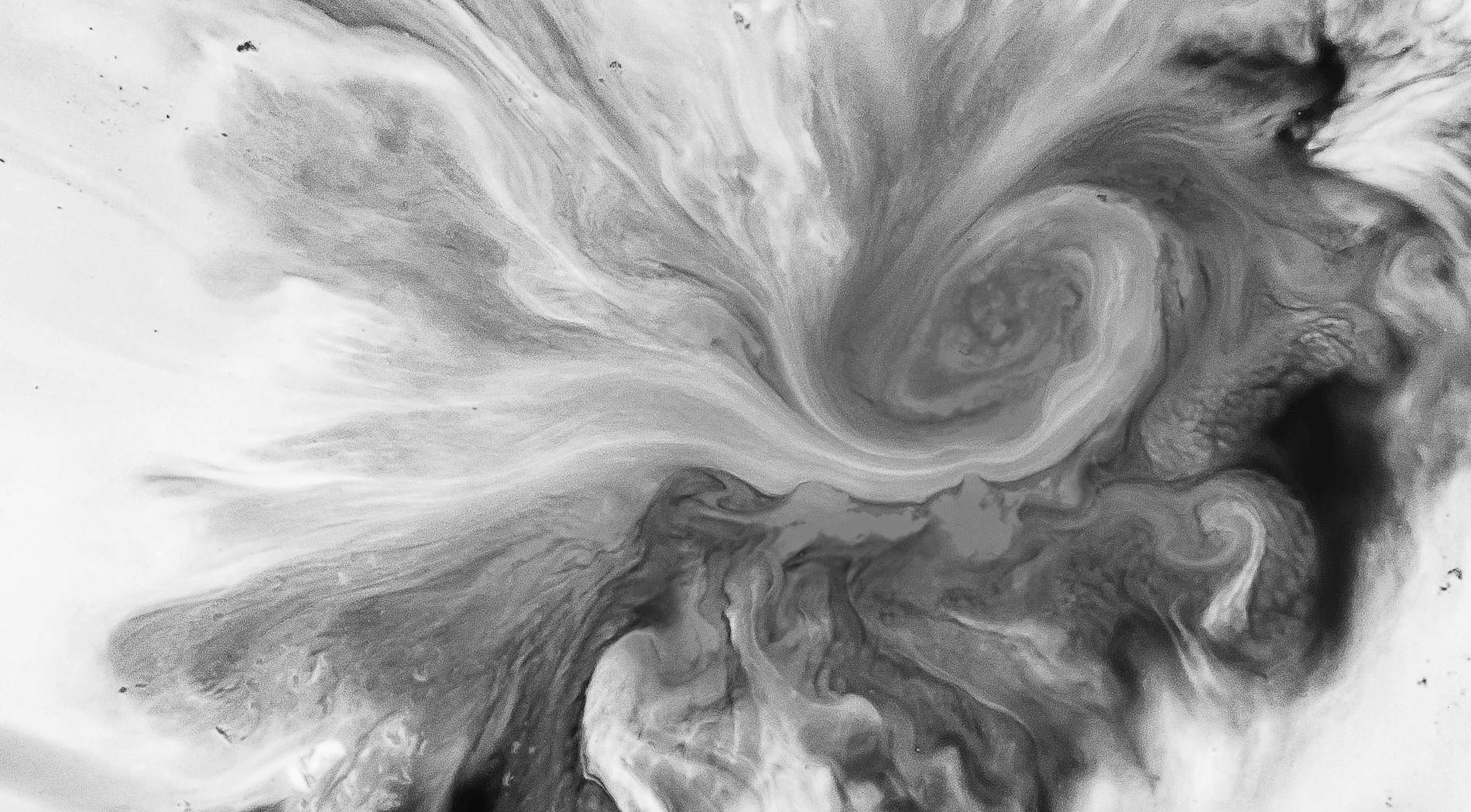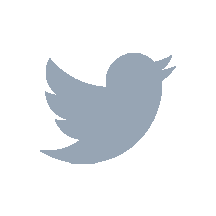Welcome to the
Best Uncopyrighted Music






Listen to our Best Uncopyrighted Music
We know the right song can make or break your project. That’s why every track in our library is vetted by award-winning producers. Hear for yourself. We've curated a playlist with our best uncopyrighted music.
Looking for something different?
We got you. From classical to hip hop to indie, our audio library contains thousands of outstanding tracks. Use one of our 13 filters or check out other curated playlists to find what you need in minutes.
BROWSE THE FULL CATALOG
Dead Simple Licensing
Never worry about sync licensing again. With Soundstripe, your membership covers the cost for every song license. Just find the right track, download the file, and get a custom license. That’s it. No channel or media-specific fees, no recurring royalties, ever. Here’s more good news: you have unlimited licenses. Go ahead, download as many songs as you want.
Tapping into The Creative Potential of Uncopyrighted Music
Music licensing is complex. The process itself consists mainly of legal negotiations with copyright holders for the ability to use a song in a creative project.
This well-intended vetting process is meant to prevent original work from being ripped off or misused. The long history of copyright scandals continues to the present day and can result in multi-million dollar lawsuits and hefty violation fees.
Without having the proper licensing rights, using a song is like trying to fit a puzzle piece where it isn’t meant to be.
Instead of forcing a piece to fit — and possibly jeopardizing the entire image — take another look at the puzzle. You’re probably overlooking the right music for your podcast, YouTube video, or independent film project.
You can go through the proper channels for licensing a song only to find out that the agreement doesn’t actually give you all of the rights or freedoms that you need. So here you are, puzzle piece in hand without much understanding as to what went wrong.
Uncopyrighted music is an untapped resource for creators who want to bypass the complicated process of negotiating with record labels or publishers for the rights to use a song.
Even still, copyright free music can be difficult to come by because most songs and creative works are actively linked to someone. This person determines if and how others can use the content, and for good reason.
Creators invest hours in producing new work, so the impulse to protect content from misuse is understandable. Though uncopyrighted music is rarely free, there are far less legal hoops to jump through as far as licensing rights go.
As creators experiment with more sounds and share more content, uncopyrighted music becomes more accessible. That means you have more options for quality, affordable background music. Read on to learn how uncopyrighted music works and how to get the best uncopyrighted music available today.
Uncopyrighted Music 101
To understand what copyright free music really is, it’s helpful to understand some background on the copyright process.
A copyright is essentially government-issued protection for an original work, which can range from novels to computer software to architecture. An original creation begins as an idea that has the potential to evolve into a song, art piece, or other work that can then be copyrighted.
Copyrights benefit creators like you by giving you the ability to take legal action if the terms of a copyright are violated.
When a project is still in the brainstorming phase, it isn’t protected under the law. Though copyright is coined “intellectual property law,” you actually need tangible evidence of your work to get it protected. To protect the idea itself from being used by someone else, you could apply for a patent.
This is all to say that there isn’t anything wrong with copyrighted music. The music is protected, and the creators who toiled to create their art enjoy full ownership of their work — and the financial benefits that come from it. As far as legality goes, it’s the best course of action to create copyrighted music.
But when it comes to incorporating another creator’s music into your project, the process gets more complicated.
The Fair Use Doctrine
Let’s say you’re working on a short film with a tight budget. All of the visual elements are coming together — from the critical scenes to the b-roll footage — and you’ve scouted out the music that will integrate perfectly into the project.
Herein lies the potential for a problem.
If the music that you’ve chosen for your film is copyrighted, it’s necessary to go through the proper legal steps to license a song. The expenses for licensing music can quickly add up, and most licenses will restrict the ways you can use the music.
Depending on the budget for a project, it might not be feasible to include all of the copyrighted songs you originally chose. You’ll have to reassess your strategy, make adjustments to the budget, or search for a less costly alternative.
That perfect ballad you wanted to use for your penultimate scene is now off the table, and you have to start from square one — musically speaking anyway.
It goes without saying that this is discouraging for any creator. Music selection is pivotal in amplifying the tone of a project, but expensive music licensing can significantly hinder creative expression.
And if you decide to uncopyrighted music without permission? You’re asking for legal consequences.
There are instances where you can legally use copyrighted music without a license, but these are less common than you might think. Copyright law includes fair use doctrine, which gives creators clarity on what is and isn’t allowed when using someone else’s original work.
Fair use protects the unlicensed use of music for educational and personal purposes. This allows teachers to use media as part of lessons and allows students to incorporate media into presentations and projects. Fair use enables this type of content sharing because it encourages creativity and engagement in the classroom.
Many creators interpret “personal purposes” as a go-ahead to use unlicensed music for their video or film projects, but there is a major catch. What you might not realize is that fair use doesn’t permit using unlicensed music in creative work that is publicly shared.
Essentially, you can use unlicensed music as long as you are the only person to view the video or film.
When working with a crew each day to create a short film, sharing your project with the public is the end goal. The last thing you want is to wrap up the filming and editing processes only to receive high dollar fees in return.
It’s easy to be misled by the terms of fair use if you don’t have all of the information.
Even though a project is personal and important to you, it’s meant to expand outward to reach new audiences. To protect your project, it’s necessary to secure the right licenses for copyright music or opt for uncopyrighted music instead.
Using Uncopyrighted Music
One of the ways that creators can avoid legal gray areas and copyright strikes is to use uncopyrighted music.
Copyright free music is exactly what you might assume — music that isn’t owned by the author.
The process is fairly straightforward. Typically, creators will get in touch with an author, make a one-time purchase of a song, and get written permission for use. While you don’t have to make multiple licensing agreements or pay royalties, it can take time and effort to find non copyrighted music that will have the right effect in your project.
Before using music that is labeled as “copyright free,” double check that the song is truly copyright free music.
How To Know If A Song Is Copyright Free
For any original song, multiple copyright holders can own the rights to the lyrics and sound recording. A song can be advertised as copyright free, but there is a chance that this could be only partly true.
Even if the sound recording is copyright free, creators still need to follow licensing procedures if the songwriter owns the lyrics. For this reason, a good first step is to find out who’s involved in the creation process and make sure that no one else owns a copyright.
A copyright for an original work is active for the author’s lifetime and an additional 70 years. If a song’s copyright has lapsed, it becomes part of the public domain and can be used by anyone. Even still, it’s best to verify that other copyrights for the song aren’t active.
Music on YouTube can be advertised as copyright free, but this isn’t necessarily the case.
If you download an uncopyrighted song from YouTube, an author can technically copyright the song at a later time. Unless you have written permission from the author, you can still be fined for using the song even years after your project is published.
In some cases, the author might even collect the revenue from your project.
As long as you understand and anticipate what to look out for, you can take all of the right steps to ensure that you’re using legitimate uncopyrighted music.
How to Find the Best Uncopyrighted Music
A common strategy for finding copyright free music is to filter through songs in the public domain. Because music in the public domain is accessible to anyone, there’s a high possibility that the song you use will be used by other creators. But this is not always the case.
You can find once-copyrighted songs that are more obscure — and therefore less likely to be used in modern video and film. Unearthing an older piece of music and giving it new life can take some time and dedication, but doing so has the potential to pay-off in big ways for a creative project.
The YouTube Audio Library and Creative Commons are other common sources for finding uncopyrighted music.
Creators can access a multitude of royalty free music or even non copyright music through the YouTube Audio Library. These songs can be used in videos intended for YouTube but also in projects published outside of the platform. In most cases, the only requirement on your end is to credit the author of the music you decide to use.
Creative Commons is a nonprofit organization that functions in a similar way. You can search the Commons for music that is uncopyrighted and — in some cases — free from cost to use. Any music used from this resource has to be attributed to the author. Also keep in mind that some authors will limit how a song can be used.
Who Copyright Free Music Benefits (Hint: You)
1. Resource Filmmakers
Every project has a budget threshold. Aspiring filmmakers commonly turn to resource filmmaking as a way to produce content with limited to no funding. This is because resource filmmakers work with the resources already on hand.
Creators start at a baseline level that makes sense for them — from access to gear, editing software, cast, and crew. The production process varies from creator to creator because each filmmaker will have different budget constraints and available resources.
In some cases, filmmakers strategize to create a short film on their own and fill the roles of writer, director, actor, and editor. Other filmmakers carry out the entire process with a few key pieces of gear and a group of volunteers.
Resource filmmakers benefit from using uncopyrighted music because, oftentimes, songs can be accessed inexpensively in a short amount of time. This can be a more affordable alternative to securing the rights to copyrighted music.
2. Independent Filmmakers
Just like resource filmmakers, independent filmmakers are highly adaptive and creative in their storytelling approach.
While mainstream productions are typically characterized as big-budget motion pictures with an all-star cast, not every indie filmmaker has access to these same resources. Instead, indie filmmakers continue to create high quality cinematography with a smaller budget and crew.
These creators are well-versed in budget management and use limited resources to craft feature-length films. When negotiating within a budget, indie filmmakers make artistic and logistical decisions that are cost-effective. It’s important to invest in quality music in a smart way, which is where copyright free music can be extremely valuable.
3. YouTubers
For novice and experienced videographers alike, YouTube is a great platform for sharing video content and establishing a follower base. In some cases, YouTubers can even collect revenue from their published videos.
Though the platform itself is beginner-friendly, not every user is aware of the consequences that come with using unlicensed music. YouTube’s Content ID algorithm is designed to find and penalize videos that include copyrighted music without permission.
If a YouTube video is flagged by the algorithm, you miss out on the revenue you might have earned. It’s important to be thorough when it comes to vetting music selection because a YouTube account can be permanently removed if there are multiple violations. To prevent copyright strikes, creators can use copyright free music from the YouTube Audio Library or other sources.
4. Advertisers
Advertisers create video content specifically geared toward the public.
By its very nature, commercial content isn’t covered by fair use doctrine. In order to legally use copyrighted music in a commercial, advertisers have to get permission through synchronization and master licenses. This can be a time-consuming process, especially when working with strict deadlines.
Music can facilitate a call-to-action by holding the audience’s attention and directing more interest to a product. Uncopyrighted music can be just as effective at leaving the audience with a lasting impression of an advertisement — without taxing legal negotiations.
The Right Music For Video
The complexities of music licensing shouldn’t get in the way of producing and sharing new video projects.
Companies like Soundstripe understand that creators are wary of making a misstep when it comes to licensing music. Instead of negotiating with copyright holders and working with a legal team, you can focus on creating.
An all-access subscription grants you access to an ever-growing library of royalty free music. No complication, no hassle — just endless creative potential.
Further reading
Interested in reading more top resources and getting our best filmmaking tips and tricks? Here are a couple of our most popular articles from across the Soundstripe blog:


Have questions? Give us a call
855.224.0847
Soundstripe - Unlimited Music for Video
© 2017-2020 A Product of Soundstripe, Inc
Nashville TN



